Santorini, Greece (Volcano Week 5)
Friday, 6th August 2010 by Chris Hannigan
It may not have a "mount" or "volcano" anywhere in its name, but the islands of Santorini (aka Thira) are actually the site of one of the largest volcanic eruptions in recorded history! That's a pretty good reason why there isn't much land left above the sea when you visit the island chain from above.
The islands that you see today are actually the remains of the ancient volcano's caldera that erupted over 3,500 years ago, and the blast itself is estimated to have been up to 120 times more powerful than the 1980 eruption of Mount St. Helens! There would have been ash, pyroclastic flows, and tsunamis that spread throughout the Mediterranean causing massive devastation.
The remains of Santorini today are a circular chain of islands that the Greeks have transformed into one of the most beautiful places on Earth. Never mind the active volcano resting in the caldera, the locals have taken the time to create a surreal destination for vacationers and cruise ships thanks to the island's stunning geology and ideal location in the heart of the Mediterranean Sea.
Legend has it that Santorini's location, beauty, and volcanic history are no coincidence. There may be a good reason people have been drawn to this place for thousands of years. Ancient writings from Plato's dialogues Timaeus and Critias (which interesting enough were written about 2,400 years ago) have led scholars to believe that Santorini could have been the site of the mythical and legendary island of Atlantis! Let me explain...
First, Santorini matches the physical description of the legendary lost island due to its circular shape. Plato wrote of a series of rings alternating in land and water that made up the island nation of Atlantis. If you look at Santorini from above, it's definitely circular, and considering the island in the caldera could have been much bigger before the eruption, it could be described as "rings of land and water" as well!
Secondly, Plato wrote about the colours of quarries on the island of Atlantis. He wrote "one kind of stone was white, another black, and a third red". We can see white rocks from space near some of the cliffs, and we've got ground level views showing some red cliffs on the island as well.
So we have white and red, but what about the black? Look at this beach near Perissa. It's got black sand! Remember this island is really a volcano, so there are black rocks just about everywhere you look.
The third link to Atlantis are the ancient civilisations that inhabited Santorini 3,500 years ago. Archeological digs performed on the island reveal a civilisation with an advanced engineering for its time. Digs like the one at Akrotiri revealed multi-story buildings, earthquake resistant walls, complex plumbing, and interior air systems. Akrotiri itself was actually buried in the eruption, much like the Italian city of Pompeii, and remained remarkably preserved for thousands of years.
Of course there are many links between the island of Santorini and the legend of Atlantis, but perhaps the biggest one is the history of the volcano itself. Santorini is the remnants of a caldera rising above the water, and Plato's writings of Atlantis falling into the sea would be a good description of what happened to the middle of Thira's lagoon 3,500 years ago. Over time that island in the lagoon has slowly built itself back up, but sooner or later you have to expect it might just happen again.
Regardless whether you think Santorini is linked to Atlantis or not, it remains an absolutely beautiful island deep in the Mediterranean that's definitely worth a visit.
To read more about Santorini, Greece, visit the municipality's website here, or read about the island on Wikipedia.
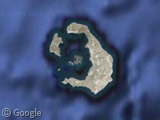
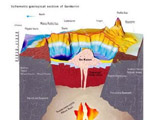
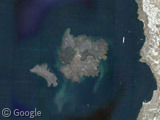
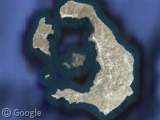
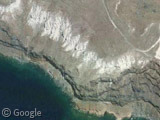
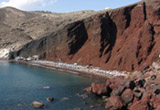
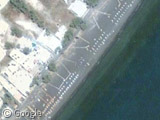
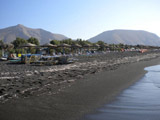
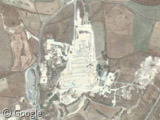
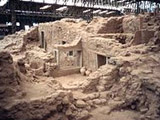
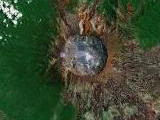

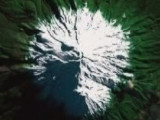
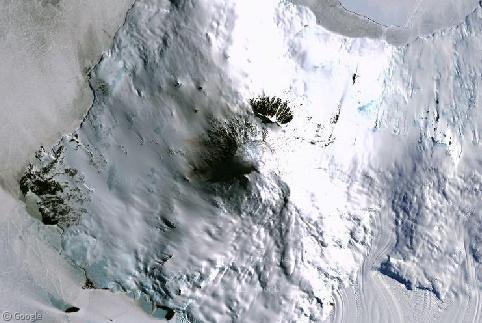
Sharing statistics
Share this site